When it comes to enhancing visibility and safety on the road, installing auxiliary (aux) lights on a semi-trailer is a smart and practical decision. Whether you’re hauling cargo in the dark or navigating poorly lit areas, these additional lights are essential. However, the complexity of wiring can be daunting. This guide will break down everything you need to know about wiring aux lights on a semi-trailer, ensuring you achieve a safe and effective installation.
Why AUX Lights?
Before diving into the wiring process, let’s briefly explore the benefits of installing aux lights on semi-trailers:
| Benefit | Description |
|---|---|
| Improved Visibility | Auxiliary lights provide extra illumination, aiding drivers in spotting hazards. |
| Enhanced Safety | They alert other vehicles to your presence, particularly in dark environments. |
| Versatile Applications | Aux lights can be used for various purposes including cargo area lighting. |
| Legal Compliance | Following state laws regarding trailer lighting can help avoid fines. |
Understanding Wiring Basics
Wiring aux lights requires knowledge of basic electrical principles. Here are the essential concepts to grasp:
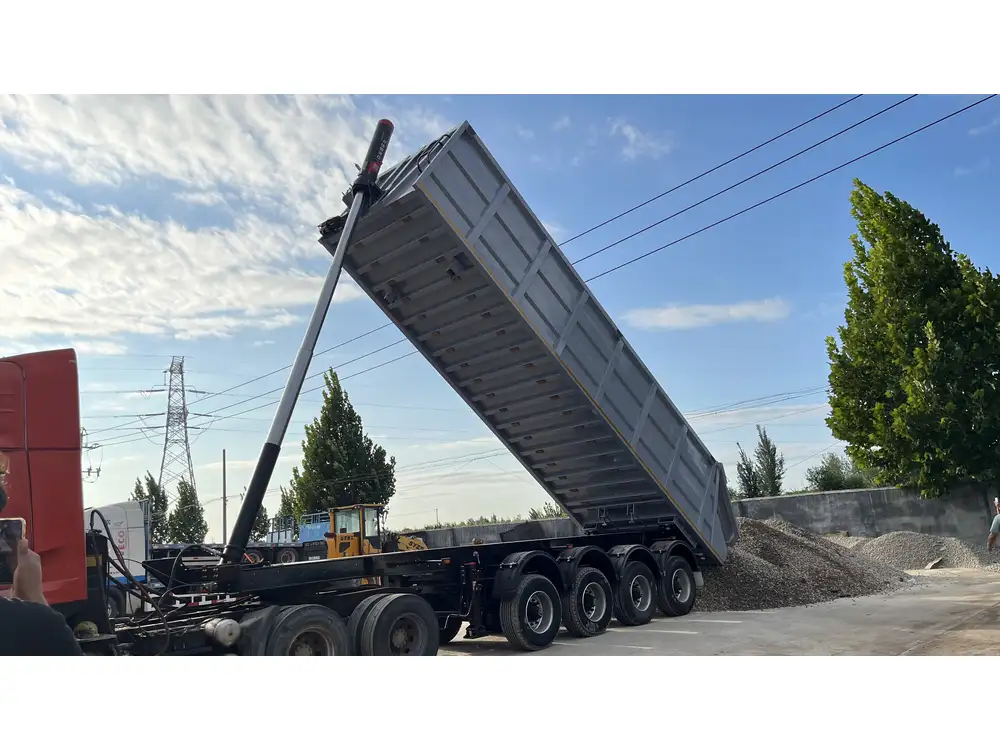
Electrical Components
- Power Source: Determine whether you’re using the truck’s battery or a dedicated auxiliary battery.
- Grounding: A proper ground connection is critical for the system to function correctly, ensuring safety and efficiency.
- Switches and Relays: These control the flow of electricity to your lights and help prevent overload.
Tools Required
- Wire Strippers
- Crimping Tool
- Drill and Drill Bits
- Heat Shrink Tubing
- Soldering Iron (optional but recommended)
- Multimeter
Planning Your Installation
Before you start wiring, it’s essential to plan your installation methodically.

Step 1: Choosing the Right Lights
Select aux lights based on your needs. Here are some popular types:
| Type | Beam Pattern | Ideal Use |
|---|---|---|
| Flood Lights | Wide | Area lighting |
| Spot Lights | Narrow | Long-distance illumination |
| Combination | Mixed | General use |
| LED Bars | Varies | Versatile, efficient solutions |
Step 2: Deciding Mounting Locations
Typical mounting locations on a semi-trailer include:
- Front or rear of the trailer for visibility in both directions
- Side panels to light up the cargo area
Step 3: Creating a Wiring Diagram
Sketch a wiring diagram detailing the connections from the lights to the switch, including the placement of the relay. This step is crucial for clarity during installation.
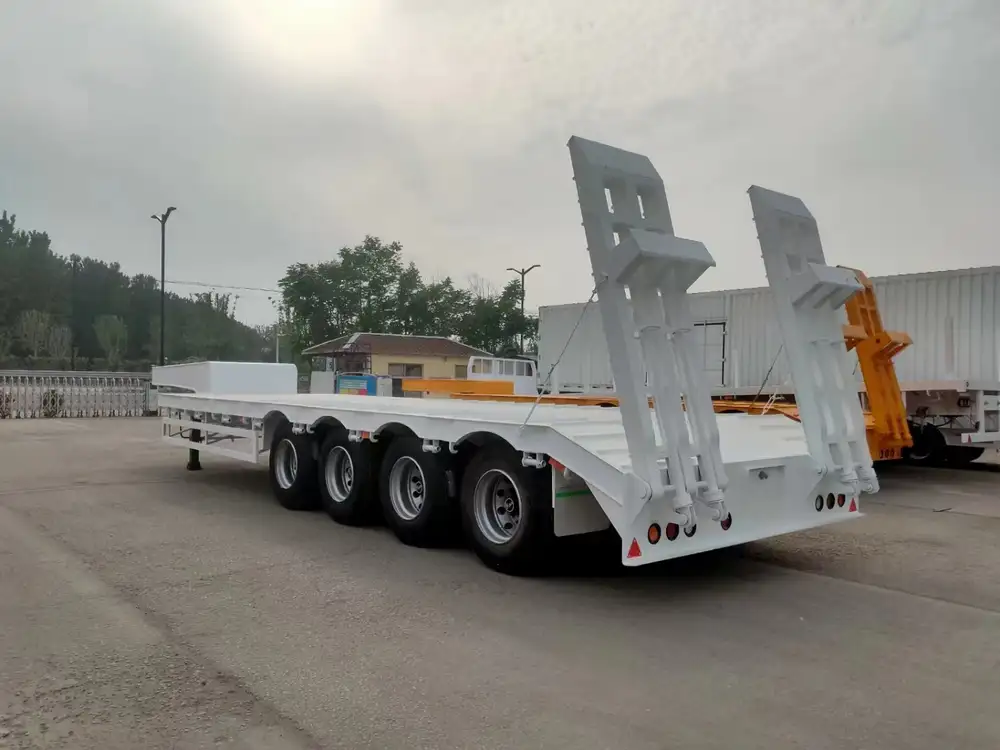
The Wiring Process
With planning done, it’s time to wire your aux lights.
Step 4: Gather Your Materials
Ensure that you have the following materials on hand:
- Aux light fixtures
- Wires (typically 12 or 14 gauge)
- Connectors (e.g., spade connectors)
- Protective enclosure (if necessary)
Step 5: Disconnect the Battery
Before you start wiring, disconnect the battery to avoid short circuits and electrical shocks.
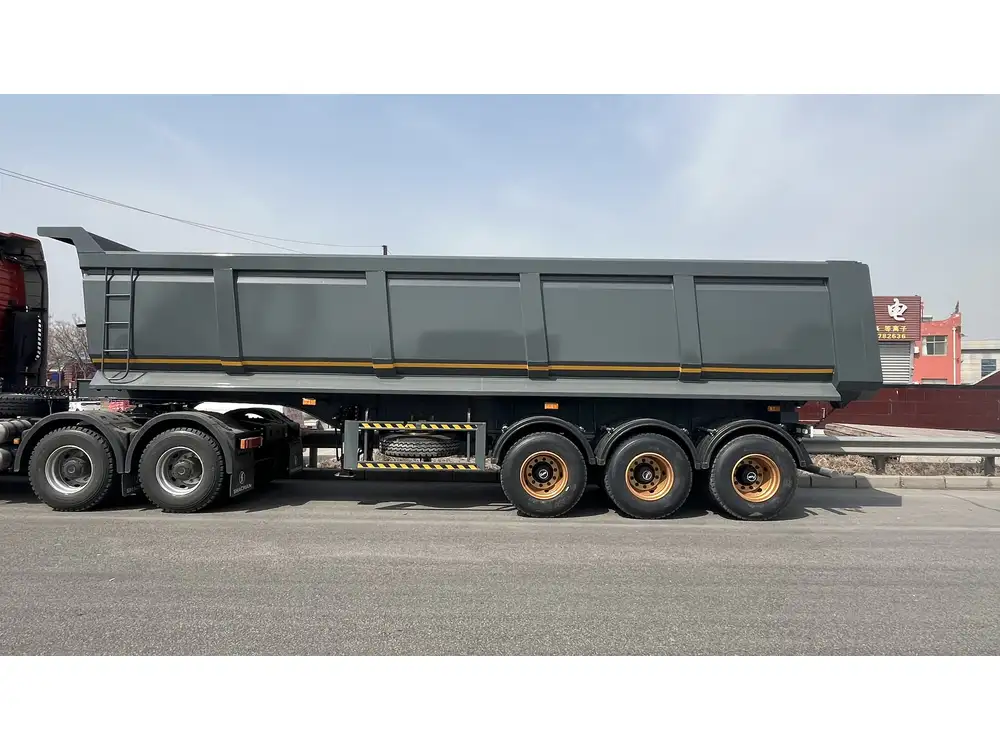
Step 6: Install the Lights
- Mount the Lights: Use appropriate hardware to securely mount the aux lights to the desired locations.
- Drill Holes (if necessary): If your mounting surface requires it, drill holes to fit the brackets.
Step 7: Run the Wires
From each light, run wires toward the trailer’s power source:
- Use wire loom or tape to protect wires from abrasion.
- Keep wires neat and avoid sharp edges.
Connect to Power Source:
- Connect the positive wire of the aux lights to the truck’s battery or a switch.
- Connect the negative wire to a reliable grounding point.
Step 8: Incorporating a Relay
Choosing the Right Relay: Use an automotive relay rated for the total amperage of all lights:
- For example, if using four 20W lights at 12V, the total current is approximately 6.67A.
Wiring the Relay:
- Connect the relay terminal marked “87” to the positive light wire.
- Connect terminal “30” to the power source.
- Use terminal “86” for the switch and terminal “85” for grounding.

Step 9: Switch Installation
Choose a location inside the cab for an easy-to-reach switch. Install the switch and connect it to the relay as directed in Step 8.
Testing Your Setup
Step 10: Power Up
Once everything is connected, reconnect your truck’s battery and turn on the aux lights using the switch. Observe the following:
- Are all lights functioning properly?
- Is there any flickering or dimness indicating a poor connection?
- Check that no wires are pinched or shorting.
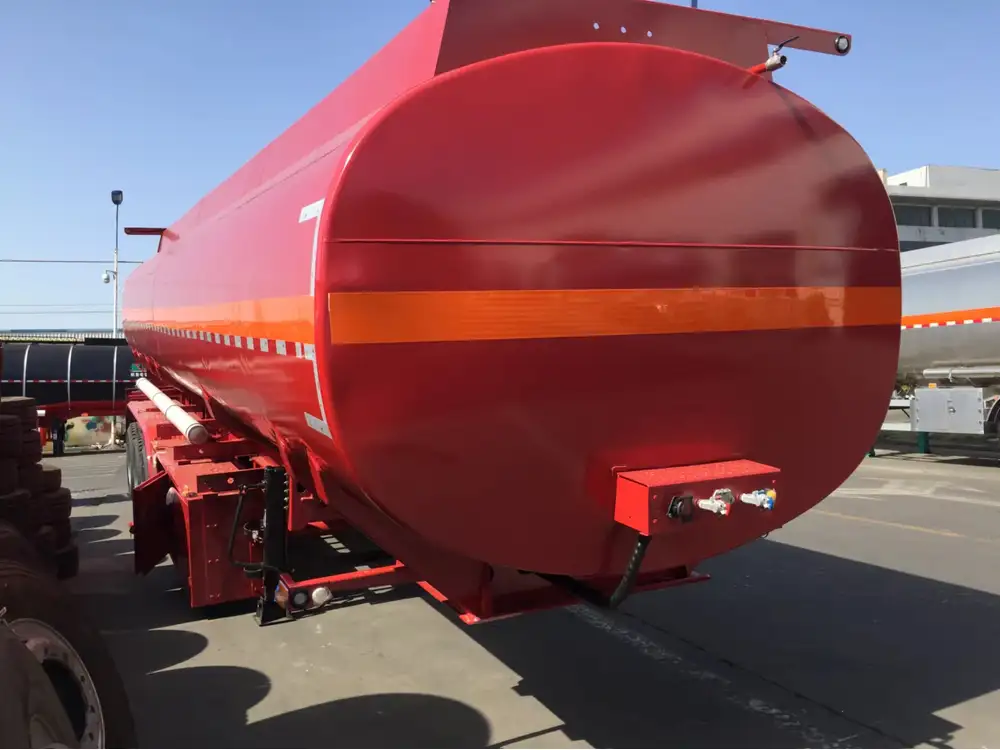
Step 11: Troubleshooting
If issues arise, consider these common problems and solutions:
| Problem | Solution |
|---|---|
| Lights not turning on | Check fuse, switch connection, and grounding. |
| Flickering lights | Inspect for bad connections or loose wires. |
| Dim lights | Ensure proper gauge wire is used and check for voltage drop. |
Ensuring Longevity
Once you’ve successfully wired your aux lights, it’s essential to take steps to maintain the system:
Step 12: Regular Inspections
Periodically check the lights for:
- Corrosion or rust on connectors
- Secure mounting fixtures
- Clean lenses for optimal performance
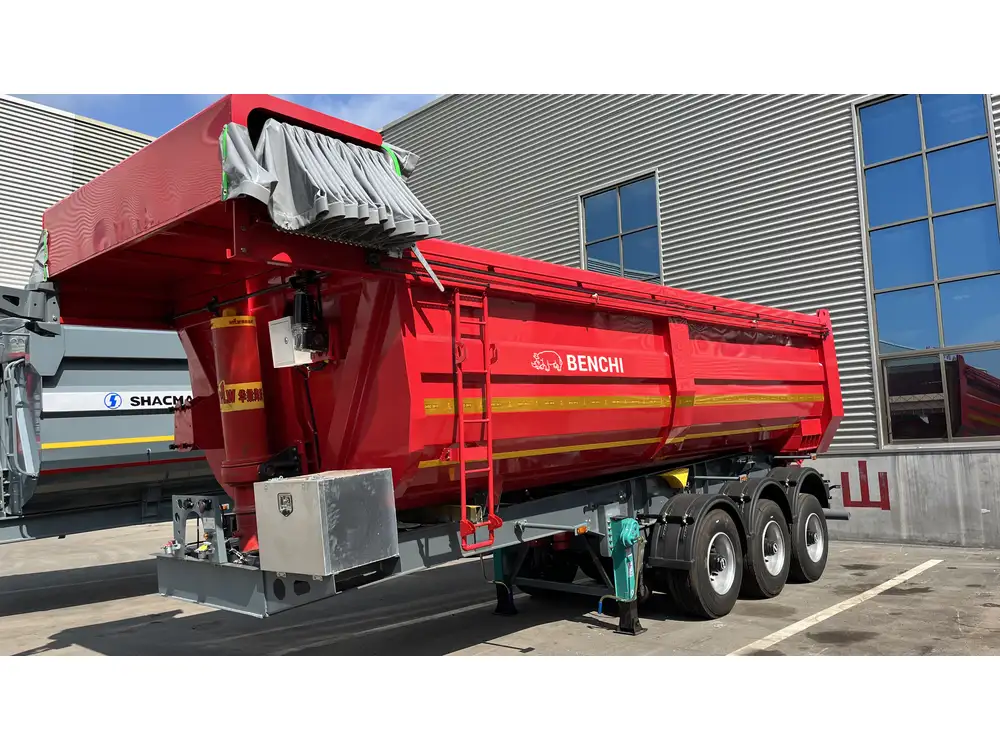
Step 13: Consider Professional Help
If you experience persistent issues or doubt your installation, consult a professional electrician with experience in trailer wiring.
Legal Considerations
Understanding Local Regulations
Installing aux lights may come with specific legal requirements:
- Light Color: Ensure that the colors comply with state regulations (e.g., red for the back and white for the front).
- Height Restrictions: Check height limits to avoid excessive light that can blind others.
- Reflectors and Markers: Adequate reflectors must accompany auxiliary lights on trailers.

FAQs
How do I choose the right gauge wire for aux lights?
For typical aux light installations on semi-trailers, 12 or 14 gauge wire is ideal. Opt for thicker wire if the lights draw more current.
Can I wire multiple aux lights together?
Yes, but ensure that the total amperage does not exceed the circuit’s rating. Use a relay for safer operation.
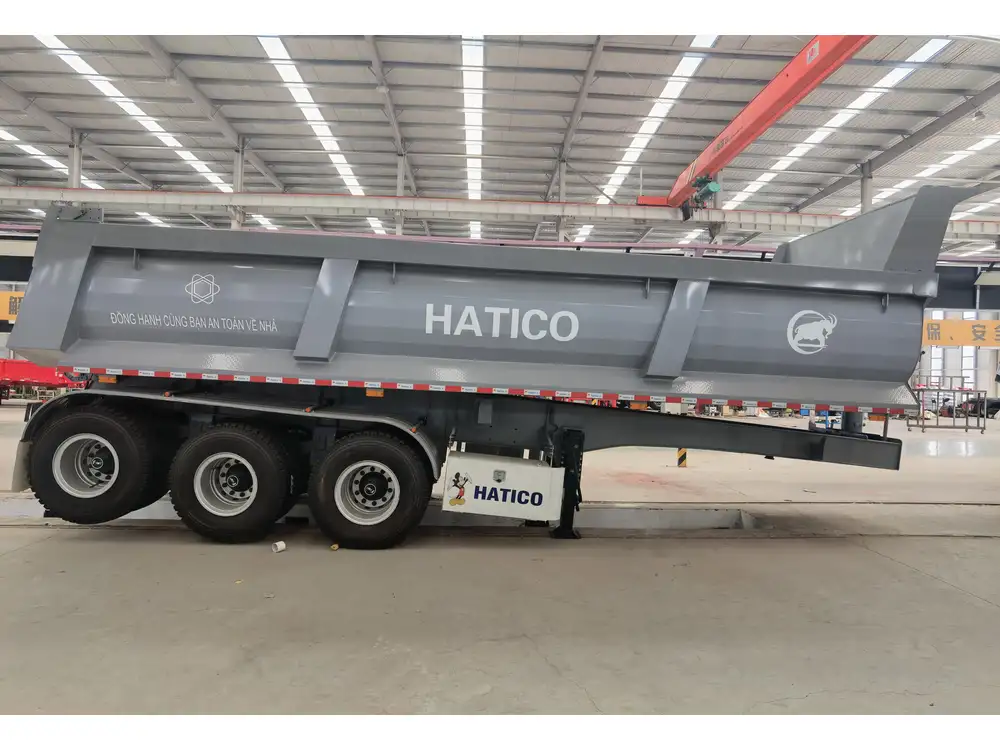
Are LED lights better than halogen?
LEDs consume less power, last longer, and emit less heat. They are often the preferred choice for aux lighting.
Conclusion
Wiring auxiliary lights on a semi-trailer not only enhances your roadside safety but also improves visibility during challenging driving conditions. By carefully selecting the right components, following a systematic wiring process, and adhering to local regulations, you can effectively install and maintain these lights for years to come. Should you have further questions or require professional installation assistance, don’t hesitate to reach out to experts in the field. Safe travels on the road ahead!



